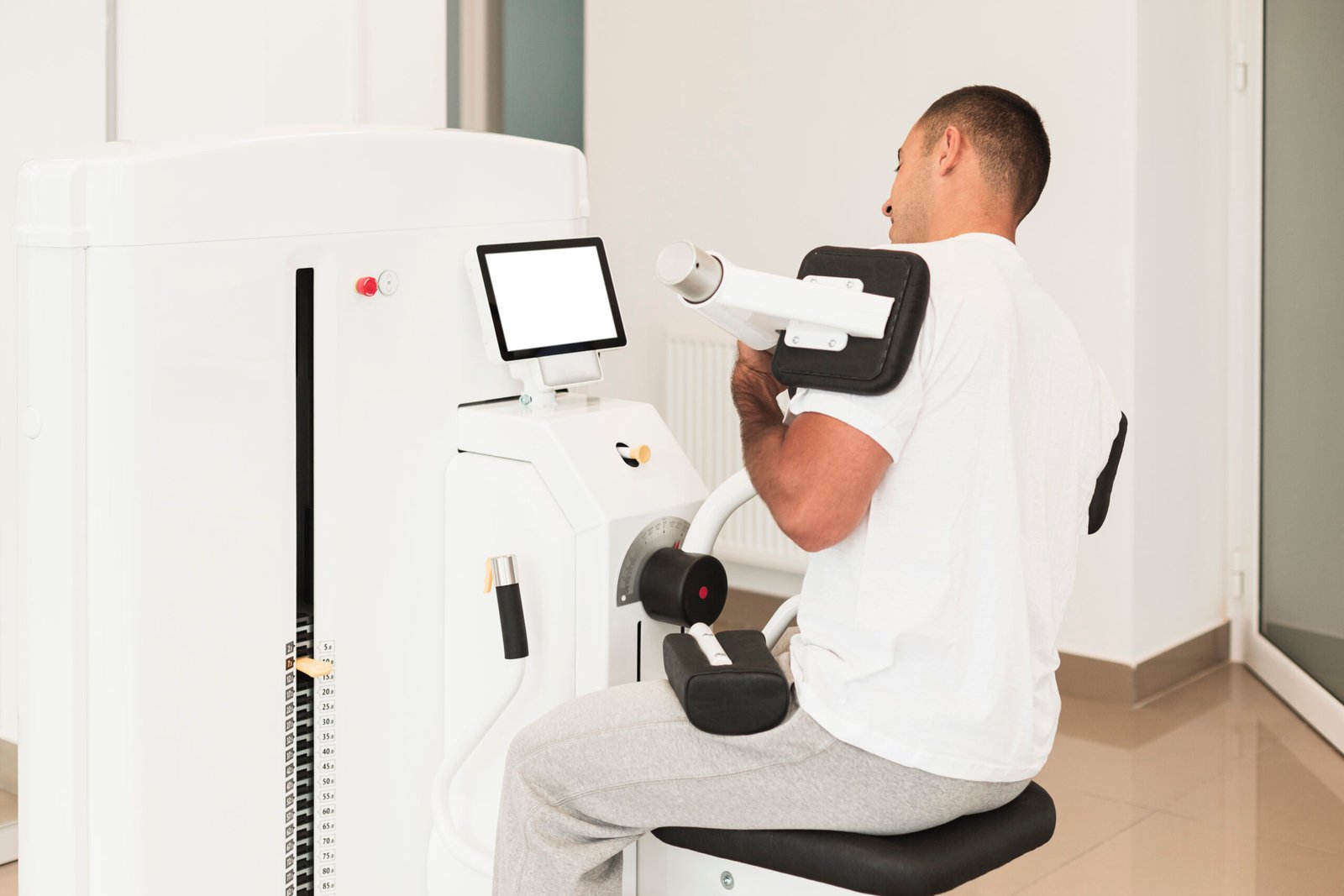Fonendi: The Timeless Tool of Sound in Modern Medicine

The term fonendi is commonly used in several parts of the world to refer to the stethoscope, an essential diagnostic tool in the medical profession. Though simple in appearance, this device holds immense significance in day-to-day medical examinations. It enables healthcare providers to listen to internal sounds of the body—especially from the heart, lungs, intestines, and blood flow in arteries and veins.
A fonendi acts as an extension of a doctor’s ears, giving insight into what the body is saying. Even with the advancement of complex imaging and diagnostic equipment, the fonendi remains one of the most trusted tools for quick, real-time assessments.
The Origin and History of Fonendi
The history of the fonendi dates back over two centuries. In 1816, French physician René Laennec invented the first stethoscope. He used a simple rolled-up piece of paper to amplify the sounds from a patient’s chest. This marked the birth of what we today call the fonendi.
Laennec’s early design was a monaural wooden tube, which later evolved into the binaural (two-eared) version familiar today. Over the years, material, shape, and function have changed, but the core purpose remains the same—helping doctors hear the body’s inner workings.
Main Components of a Fonendi
Modern fonendis have several vital parts, each contributing to its functionality:
Chestpiece
The chestpiece is the most critical component. It typically contains:
-
Diaphragm: Used to detect high-frequency sounds like heartbeats and breathing.
-
Bell: Used for low-frequency sounds such as certain heart murmurs or vascular noises.
Tubing
The tubing connects the chestpiece to the earpieces and carries sound. High-quality tubing is thick and short to reduce sound loss.
Earpieces
Soft rubber or silicone eartips fit into the user’s ears, ensuring a tight seal for optimal sound transmission. Comfortable earpieces are essential for prolonged use.
Headset
This is the metal part that holds the earpieces and tubing. It is designed to be adjustable and anatomically angled for better fit.
How Fonendi is Used in Medical Practice
The fonendi plays a key role in various clinical settings. Its usage is taught from the very beginning of medical training and remains relevant throughout a doctor’s career. Below are the main areas where the fonendi is used:
Cardiovascular System
A primary use of fonendi is listening to heart sounds. It helps doctors identify:
-
Heart rate and rhythm
-
Heart murmurs
-
Extra sounds such as gallops or clicks
-
Valve issues
Early signs of heart disease can be identified through changes in heartbeat detected via fonendi.
Respiratory System
The fonendi is crucial for evaluating lung function. Through auscultation (listening to body sounds), a doctor can hear:
-
Wheezing
-
Crackles or rales
-
Absence of breath sounds
-
Fluid in the lungs
This helps diagnose conditions like asthma, bronchitis, pneumonia, and chronic obstructive pulmonary disease (COPD).
Gastrointestinal System
Although less common, the fonendi is also used to assess bowel sounds. Doctors listen for:
-
Normal gurgling indicating healthy intestinal activity
-
Hyperactive sounds, which may suggest infection
-
Absence of sounds, which could indicate obstruction
Blood Pressure Monitoring
When used with a sphygmomanometer, the fonendi helps measure blood pressure. Doctors listen for Korotkoff sounds as they inflate and deflate the cuff around a patient’s arm.
Types of Fonendi
Different fonendi models are available depending on the specialization, patient type, and environment.
Acoustic Fonendi
This is the traditional model most commonly used. It relies on sound traveling through hollow tubes. These are affordable, easy to maintain, and durable.
Electronic Fonendi
Electronic fonendis amplify sound and often include digital displays. Some can record audio, connect to smartphones, or filter specific sound frequencies. These are useful in noisy environments or for teaching purposes.
Pediatric Fonendi
Designed for children, these fonendis have smaller chestpieces and gentler earpieces for delicate use.
Neonatal Fonendi
Used for newborns, they are even smaller than pediatric versions. They help monitor vital signs in neonatal intensive care units (NICUs).
Veterinary Fonendi
These are designed for use in animals. Tubing may be longer, and chestpieces may be adapted for fur and different body sizes.
Benefits of Using a Fonendi
The fonendi continues to be a vital tool due to several benefits:
-
Immediate Diagnosis: Provides instant feedback on heart, lung, and bowel activity.
-
Non-invasive: Requires no blood, radiation, or discomfort.
-
Portability: Lightweight and easy to carry during hospital rounds or fieldwork.
-
Affordability: Inexpensive compared to most diagnostic equipment.
-
Versatility: Can be used in clinics, hospitals, ambulances, and at home.
Training and Skill Required
Using a fonendi effectively is an art that requires training and experience. Medical students learn how to identify normal and abnormal sounds, and over time, develop the skill to catch even subtle signs of disease. Listening through a fonendi isn’t just about sound—it involves interpretation, pattern recognition, and correlation with other symptoms.
Common Mistakes in Using Fonendi
Despite its simplicity, there are some common mistakes people make when using a fonendi:
-
Incorrect placement: Placing the diaphragm in the wrong area can miss important sounds.
-
Excessive pressure: Pressing too hard may distort sound or cause patient discomfort.
-
Not warming the chestpiece: Cold metal can make patients uncomfortable.
-
Poor ear tip fit: Loose or uncomfortable eartips reduce sound quality.
Proper training can eliminate these errors and improve diagnostic accuracy.
Caring for Your Fonendi
To maintain functionality and hygiene, fonendi care is important:
-
Regular Cleaning: Use alcohol wipes to clean the chestpiece and tubing.
-
Avoid Extreme Temperatures: Store in a cool, dry place to prevent tubing cracks.
-
Replace Parts: Eartips and diaphragms can wear out and should be replaced as needed.
-
Check for Damage: Regularly inspect tubing and connections for splits or leaks.
Fonendi in the Age of Technology
With the rise of digital health tools, the fonendi has also adapted:
-
Digital Fonendis: Offer better sound amplification and can record audio.
-
AI Integration: Some modern fonendis include AI support that helps interpret sounds.
-
Telemedicine: Patients can now use smart fonendi devices at home and share results with doctors remotely.
Despite technological progress, the fundamental role of fonendi remains unchanged—bringing the physician closer to the patient’s body.
The Symbolic Value of Fonendi
Apart from its practical use, the fonendi is also a powerful symbol in medicine. When worn around the neck, it instantly identifies someone as a healthcare provider. It represents trust, care, and the human connection in healthcare. For many doctors, their first fonendi is more than a tool—it is a badge of honor, marking the beginning of their journey in medicine.
Read also: Exploring the Power and Reach of Greenrecord.co.uk – Your Ultimate Digital Information Hub
Conclusion
The fonendi has stood the test of time as one of the most essential medical tools. From Laennec’s simple wooden tube to today’s AI-powered digital devices, its core purpose remains the same—listening to the body’s hidden signals. Whether you’re a doctor diagnosing a heart murmur, a nurse checking vital signs, or a student learning your first clinical skill, the fonendi will always be by your side.
Its simplicity, portability, and effectiveness make it irreplaceable, even in a world dominated by advanced machines. As long as doctors continue to listen—truly listen—the fonendi will remain the heartbeat of medical care.













Post Comment